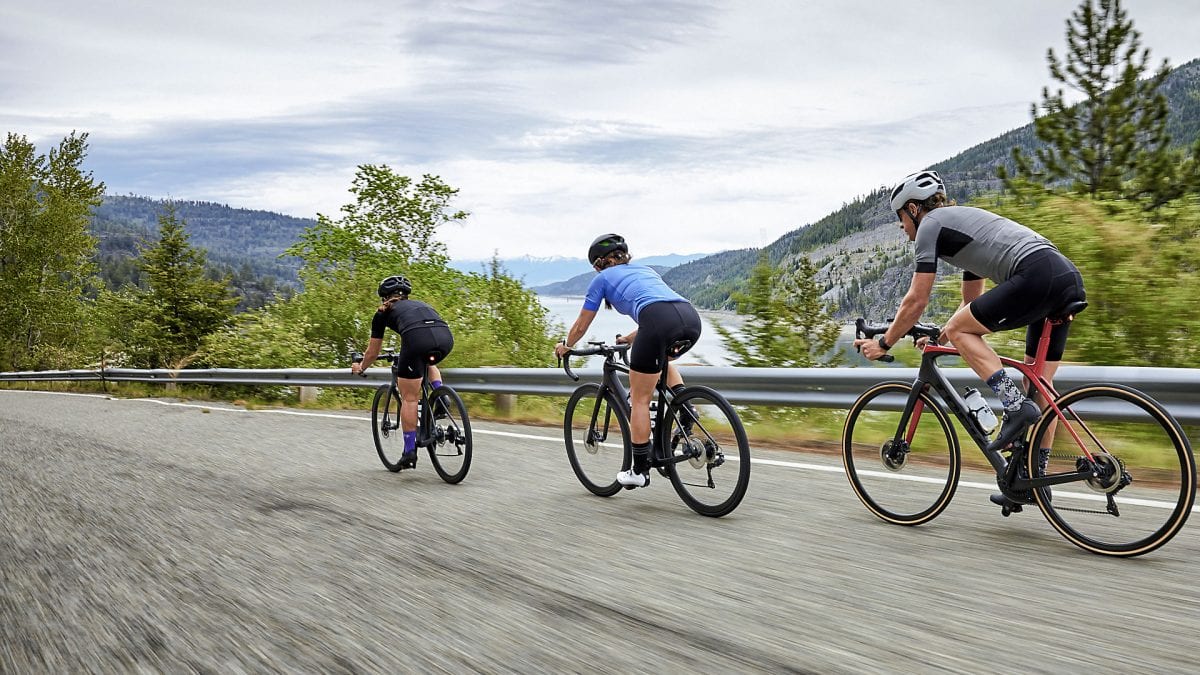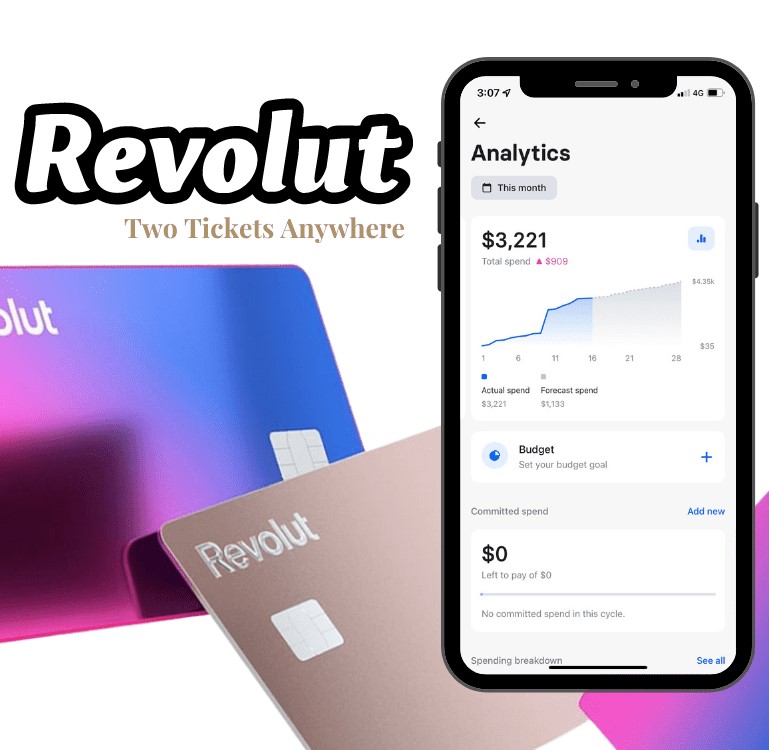
If you're trying to get physically fit, cycling is probably the best way to go, especially if you are a beginner – it's easy on the joints, and it is simple to mix it into your regular lifestyle. You can bike when you are commuting to work, doing some shopping or just exploring on the weekend.
When getting fit, it's very important to find an activity that suits your lifestyle – and something you can manage doing outside of the gym. Going outside and getting fresh air is important when getting exercise and better for your mental health than staying cooped up in the confines of a building. Biking enables you to go out there and enjoy the sunshine.
E-bikes vs. conventional bikes
If you're only starting out with your biking adventure as well as in the market for a new ride, then do yourself a favor and consider an e-bike. But is certainly not cheating? Not at all. Studies have shown that it might actually be better for your routine and motivation, not to mention your cardio. Check out this website to see that there are many different types of e-bikes available, from easily foldable commuter bikes to cruisers and city bikes and even more challenging mountain e-bikes.
This is a new choice for people who are looking for a new bike – many believe that they won't get enough exercise when e-biking. But electric bicycles avoid all the work for you. They just provide you with more power to succeed in beating that hill without becoming discouraged – and by making difficult trails actually fun, they inspire you and excited to do many go for longer.
If you bike with children, an e-bike will make it easy for them to keep up with the adults, and make it possible to make longer trips together.
Training intensity
One of the most popular myths of exercise is that it has to be super strenuous and intense. Science says otherwise. Are you aware that longer, less intense workouts are much better for losing weight and staying healthy? It is simply better cardio math.
Bicycle training doesn’t have to be intense. Only long riding sessions allow the body to burn fat reserves. Biochemical changes that occur during long-term muscle work vary from those that happen during short training sessions. In the first few minutes of cycling, energy is supplied by the amino acid phosphocreatine and glucose. If the work of muscles lasts longer, then your body reaches reserves by means of glycogen (in muscles and liver) and fats (in fat tissue).
The utilization of energy reserves by the oxidation of essential fatty acids takes place after about 30 minutes of training. Therefore, let’s prepare ourselves for longer trips than a ride to some nearby store.
Motivation
Tell your friends regarding your training sessions and invite them to join you inside your efforts. Cycling with company gives a lot more joy and it makes you unwind – it's much better than going out for a pint or for a bite to eat. Of course, no one said that you can't go for a social dinner together after a long ride!
Keeping a work out date can also be important – if you have problems motivating yourself, it might be easier for you when you know that someone else depends on you to show up! In workout groups, we are each other’s motivation – it's hard to admit, but it's easier to do something for others than for ourselves, especially when you are looking at self-care.
Another positive, motivational aspect of mowing the lawn can be the desire to visit locations that are difficult to get on foot.
Do not strain yourself!
Remember to start slow – again, this isn't a competition to see how sweaty you got. A powerful workout that burns fat means elevated cardio a bit longer of time. You can start small and work up to a longer distance over time.
Your breathing needs some time to adjust. Ever notice how hen you initially begin to exercise you're more likely to be out of breath? It's similar to your body needs to learn how to breathe again. Don't allow that to discourage you. This process doesn't take too much time, but it does take consistent training.
Your muscles also need a slow but steady approach. Many people who just start out tend to overdo it and then need a long recovery time. By the time you feel like getting out of bed and picking up your routine again, your motivation might have gone out the window. Although you should expect some discomfort at first, aim for slower, longer and less strenuous workouts, especially in the beginning.
What matters probably the most at the start is getting your brain trained for any new routine – and a brand-new lifestyle.
Burn calories
You can burn a lot of calories in your bike. Driving on asphalt, by having an average speed of 13 mph, enables you to burn about 700 calories per hour.
Solid training can include intervals to get fit while cycling. That implies speed and driving intensity changes. Interval training is based on intense effort interspersed with resting time. With what relation?
It depends on how long you ride a bike and what skills you have, but at the start, a minute of intensive effort and a minute of resting is enough. Plan the route so that you have conditions to increase the intensity, e.g., while using uphill ramp to press harder on the pedals and rest at the downhill. Such training will take you quick results.
Get hydrated
To preserve energy, systematically replenish water and electrolytes before you even feel thirsty. Water helps transport nutrients using the blood. It also purifies cells from unnecessary metabolites, such as lactic acid. Plain water is excellent for drinking over short distances, but driving for more than two hours requires topping up electrolytes by having an isotonic drink. Electrolyte imbalances can cause decreased performance, cramps, and heat stroke, especially in hot weather.
You can refill them by drinking isotonic beverages, eating fruits or vegetables. It’s best to get hydrated an hour before intensive pedaling and take a solid sip every Fifteen minutes during the training. Remember to take water together with you and drink after your exercise routine.
Summary
When it comes to weight loss, remember that it's important to calculate your calorie deficiency. Sports like bike riding help you burn calories, but through getting you in shape they also help the body burn more calories when you aren't active. More muscle = more calories expended.
Treat cycling as a pleasure and a lifestyle. Make it a part of your routine, until it doesn't even feel like exercising. Bike towards the store and bike to work. Set up bike dates with your friends – and enjoy yourself. This is actually the key to long-term well being.



